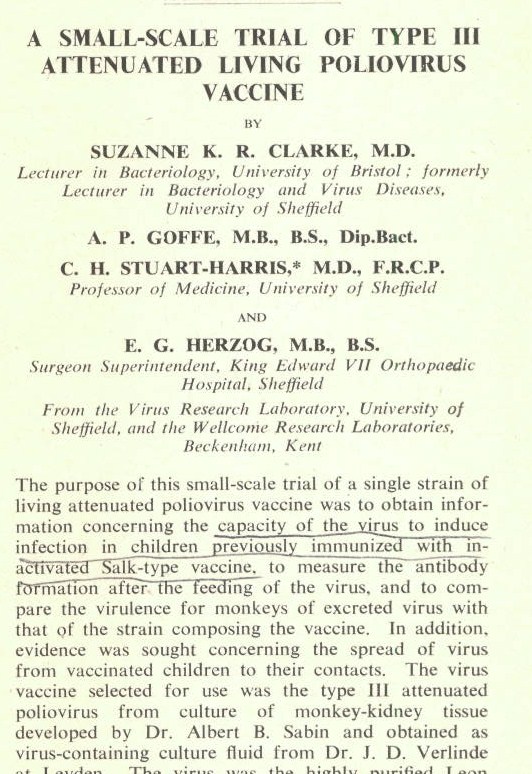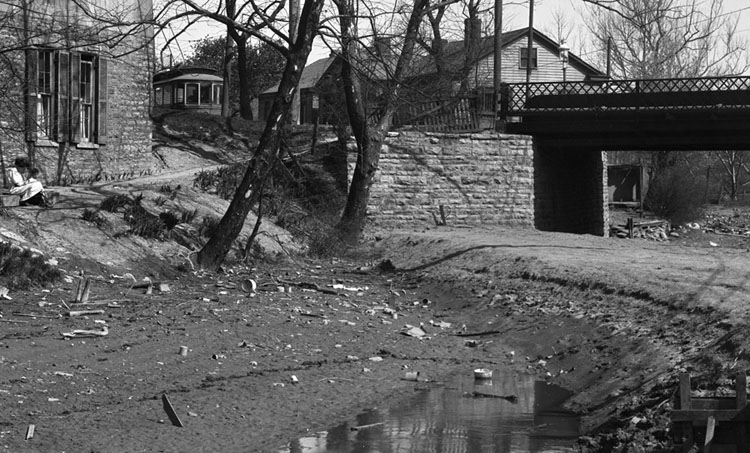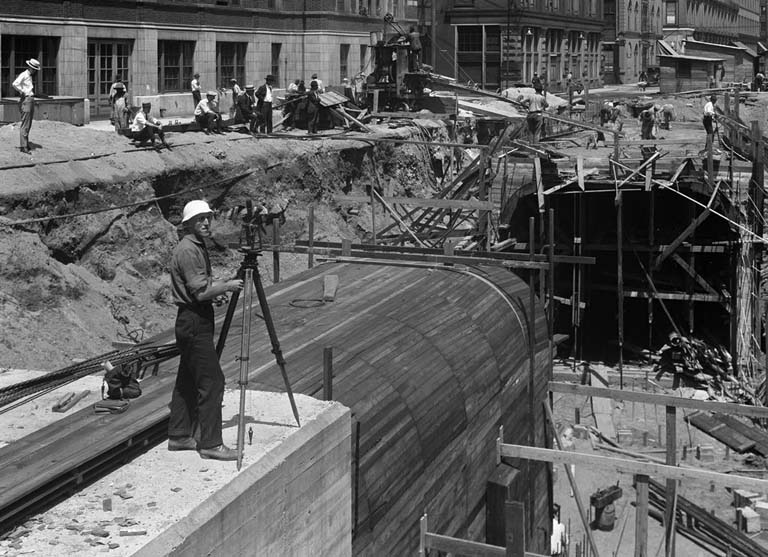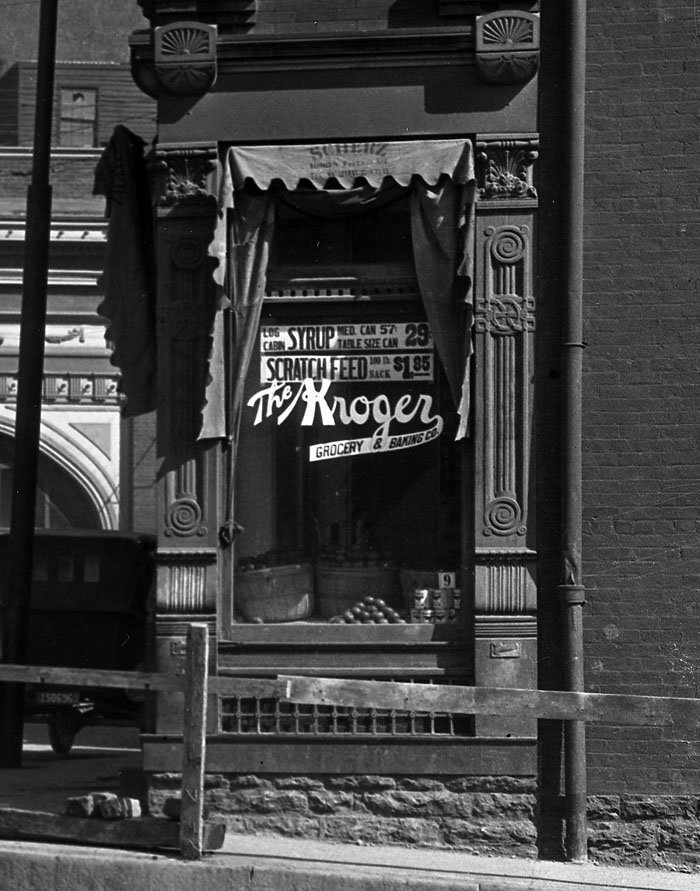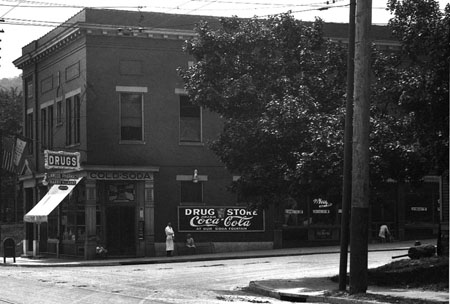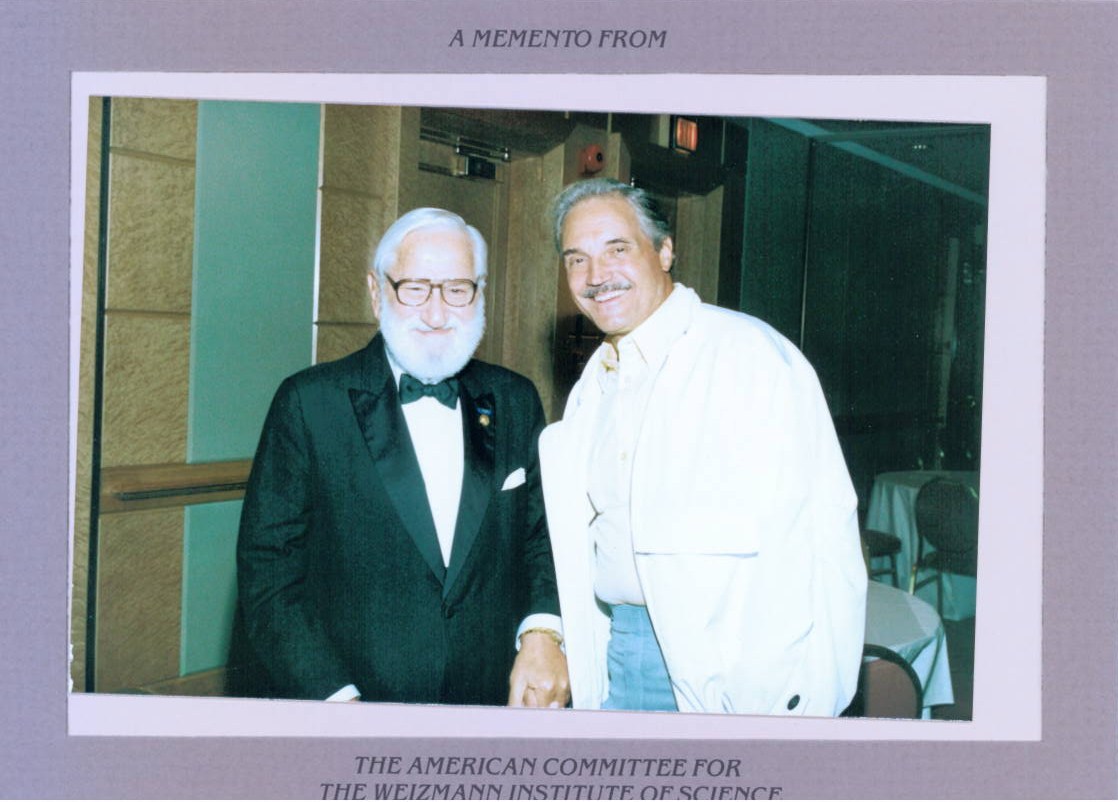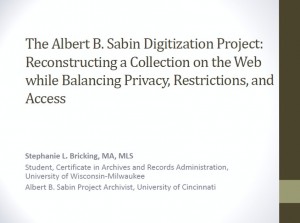By: Angela Vanderbilt
The Cincinnati (Ohio) City Engineer – Rapid Transit Records collection includes both negatives and prints of subway construction and street improvement projects conducted by the City of Cincinnati between 1917 and 1957. While we are fortunate to have over 2000 printed copies from negatives included in the collection, not every negative has a matching print, and the digitization project does not extend to producing archival prints of the negatives. Because the prints and negatives have been separated into folders, with the negative folders organized by date and the print folders organized by street name, it is quite a task to match a print with a negative.
Like a game of Concentration, I compare prints to scanned images, hoping to match a print with its negative, spurred on by the challenge of turning over the right combination of cards! Fortunately, having gone through each folder to prepare the materials for scanning has made me familiar enough with the contents to have a general idea of where I might locate an image of Elm Street or Ludlow Avenue. Most helpful is the information being transcribed from the negatives and prints as they are scanned, which provides dates and street names in a spreadsheet that I compare and also match to the finding aid. As the project moves into the online collection building phase, each print will be matched with its negative in a database, so that ultimately researchers viewing the images on screen may quickly determine if a physical print is available. Continue reading →
